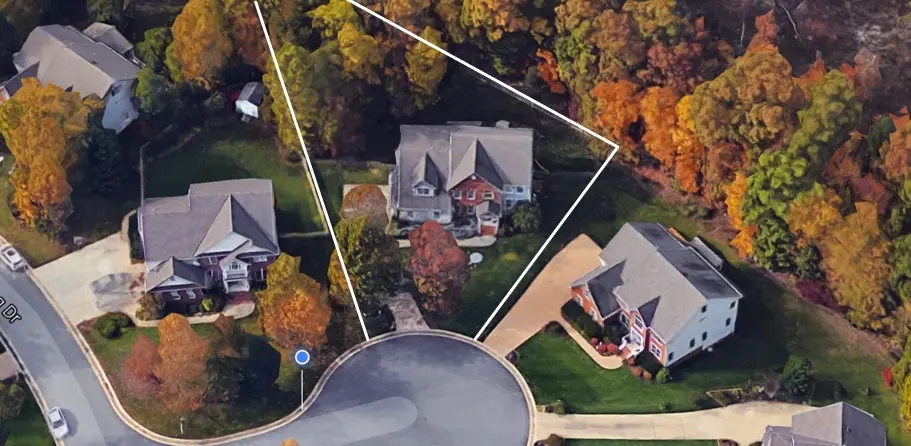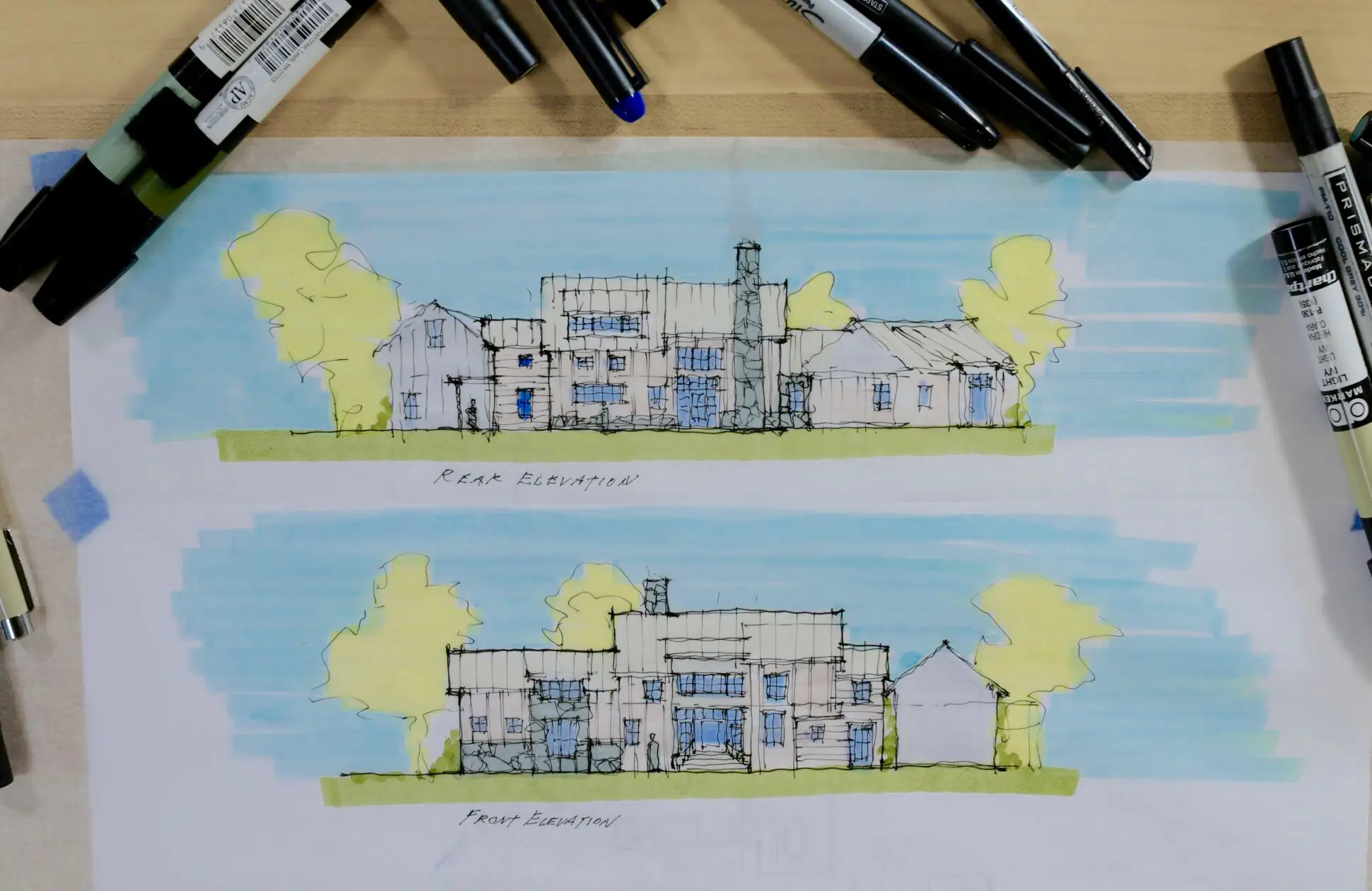In the past several springs, the market was pretty insane — full price offers in hours, multiple contracts, bidding wars — and do you know what? It is coming again.

While an insane spring market is not overly noteworthy (the springs are always busy), it is the intensity of the insanity that is worth mentioning.
And it’s getting worse.
The inventory issue
Each of the past three years, the market seems to begin earlier and become more focused on the months of February through May. See the chart below and look at how much of the transactional volume is being done in the front half of the year.
And then notice how each spring has gotten worse. In April 2014, 1,700 contracts were accepted by sellers. In April 2016, the number jumped to nearly 2,300 — which is an increase of 35% in a two year span.
Well, when you layer on the inventory issue, demonstrated in the chart below, the issue comes into focus more clearly.
The number of people seeking housing in a market becoming increasingly starved of options is contributing to our least balanced market since 2008 – 2010, with the exact opposite scenario.
Buyer desperation abounds
Recently, we have begun to see many more instances of home seekers running ads, canvasing communities, and otherwise announcing that they are looking for houses in specific neighborhoods and trying to intercept the home before it comes to market. I have heard of people looking for ANY indication of a potential listing (painting, landscaping, photographers, PODS, and even Realtors’ cars in the driveway) and soliciting sellers with offers in an attempt to find a home, especially in the most inventory constrained neighborhoods.
Personally, I think it is a dangerous development.
First, a disclaimer: I recognize that, as a Realtor, of course I would not like to hear about buyers going directly to sellers to purchase homes. So anything I say from here needs to be filtered by the fact that I am an agent and any ‘agentless’ transaction undermines my existence.
A word to sellers
Disclaimer aside, instances where a buyer directly approaches an unrepresented seller, especially in a hot neighborhood, and pays anywhere near market value are pretty much non-existent. The entire reason that a buyer is walking around and trying to find a home to buy is that they don’t want to pay market value for the home and are trying to intercept the home before it becomes publicly available.
Don’t anticipate that the value you can command for your home has been set yet. It has not. When exposed properly and demand enhanced (as all good agents know how to do), you will get at least market value for your home, if not more. Selling a home before exposing it to the market leaves money on the table.
It is also important to note that your typical residential contract has about 3 paragraphs dedicated to price and about 10 pages dedicated to terms. The terms of a contract are hugely important in shifting risk from one side to the other. A contract with a good price and weak terms is not a good contract. The same competitive pressure that drives price also drives terms.
Yes, the allure of selling your home direct and saving the commission are strong, but the savings are fool’s gold when compared to a properly marketed home where competition is high.
A word to buyers
As a buyer, when you don’t involve an agent, you risk of missing the largest source of homes for sale; the MLS. Does the MLS have every available home in it? No. But by most counts, well over 90% of the homes that are transacted flow through MLS and alienating those who curate housing availability information (Realtors) is a poor strategy.
As an agent, when I know that a buyer is also attempting to go direct to a seller and not include me, I will reallocate my time to finding housing for clients who have officially engaged me in a formal advocacy role, and I am pretty sure I speak for my peers on this issue, too. Simply put, we’re going to work with those who want to work with us.
Buyers, you are more than welcome to approach sellers directly, but when you do, you cannot expect that the agent community will put you in front of the clients with which they are formally engaged.
We are frustrated, too …
There are many more reasons over and above the ones discussed above — lending best practices, client-friendly contract structures, appraisal management — but we will save those for a later date.
Just to be clear, I am not arrogant enough to suggest that if you don’t use a Realtor, something bad will happen. Frankly, going direct might work for both parties. But the likelihood of a positive outcome is far lower than the tried and true, century old method of transacting a home.
As agents, we fully recognize the extreme market conditions. And much like yourselves, we are as frustrated with the inability to make the perfect home appear as much as you are. But if ever there was a time to involve a pro, it is now.
Being able to secure the perfect home involves using all of the existing resources and databases, especially given today’s skewed balance. Find an agent who is diligent, hustles, and understands how to write a winning offer in a competitive offer situation, and you will have found the best way to navigate the market conditions that will define the 2017 spring season.

 ‘Too big for the street.’
‘Too big for the street.’











